The tiny village of Washington in the foothills of the Blue Ridge mountains, technically a town, was named after the man that surveyed it in 1749, a certain George Washington, who later became the first president of the USA. The town has a population of just 133 at this moment, and to give you a sense of the impact that The Inn at Little Washington has in the area, it employees 150 staff, more than the town’s population. Many of the local buildings have been absorbed over the years by The Inn and have become adjunct rooms for The Inn, the buildings in all cases being meticulously restored. The Inn restaurant itself seats up to 70 diners, and has a dedicated farm a short walk from the property where vegetables and herbs are grown. There is also a chicken coop, beehives from which The Inn makes honey, and even a pair of llamas, which seemingly act as an unusual form of watchdog to fend off the occasional brown bear that strays onto the property.
Chef/patron Patrick O’Connell, who had previously run a catering business, and his partner at the time Reinhardt Lynch set up the place in 1978. It was based in an abandoned gasoline station and converted into the restaurant. These days the property has expanded greatly and includes several rooms where you can stay overnight, some in nearby buildings that have been meticulously restored. Michelin awarded the restaurant two stars when it launched its 2017 guide to Washington D.C., and promoted it to three stars in the 2019 guide.
The wine list was vast, with 1,474 full bottles offered, ranging in price from $25 to £13,500, with a median price of $187. There were some wines with plenty of age, including a couple of museum wines from the 19th century such as the 1893 Pichon-Longueville-Comtesse de Laland. Markup levels varied quite a bit but were kinder than many high end restaurants in the USA, with an average of 2.4 times retail price on the sample that I took. There were even some wines below their retail price at the rarified end of the spectrum. Domaine de la Romanee Conti Grand-Echezaux 2004’s current market price is $2,501 once you factor in sales tax, yet here was listed at $1,100 before service.. It was nice to see that the list spanned a very full price range, offering something to just about everyone in terms of budget. There were plenty of options at $60 or less, while naturally enough it also offered plenty of grand wines for those wishing to indulge. There was plenty of depth in France and California, but also a good selection from Germany, Austria, Australia and beyond. Sample references were Jorge Ordonez Moscatel Seco Botani Sierras de Malaga 2009 at $36 for a bottle that you can find in the high street for $16, Knez Pinot Noir 2012at $85 compared to its retail price of $35, and Etienne Sauzet Les Referts 2010 at $275 for a wine that will set you back $175 in the high street. For those with the means there was Coche-Dury Meursault 2013 at $895 compared to its retail price of $595, and Vega Sicilia Unico 1996 at an unkind $1,650 (plus service) for a wine whose current market value is $475.
The dining room is cosy and intimate, decorated in a style that the general manager described as “whimsical”. As one example, the cheese board arrives on a wooden trolley that is shaped as a cow. This is called Bessie, and actually moos when it arrives at the table. As often in the USA, dining room lighting is low, so the photos of the food are not the best. There were three set menus available, though in fact you can mix and match freely between the menus, so it is effectively a la carte. Dinner was $238 (£187) per person and a wine pairing was available at $170 (£134).
My first dinner started with some canapés. A tiny baked potato from a variety called Dutch Peewee was served with creme fraiche and topped with oscietra caviar from Petrossian, the largest Chinese producer. This was very pleasant (15/20). Tart of bison tartare with quail egg yolk was excellent, the local bison having deep flavour and the seasoning of the tartare nicely judged (18/20). Tempura of asparagus with Hollandaise was skilfully executed, the batter reasonably light (16/20). I also really enjoyed chive and Parmesan gougeres, which had light texture and crucially, arrived warm from the oven (17/20).
My first formal course was sweet pea panna cotta with baby radishes, snow pea and a chilled pea flower consommé. This was lovely, the panna cotta very light in texture but bursting with pea flavour (18/20). This was followed by fricasee of local morels with asparagus and potato gnocchi in an asparagus cream sauce. Again the quality of the vegetables was very high, the morels being lovely, the gnocchi having good texture (17/20).
Scallop from Maine was pan-seared and served with curry sauce, apple puree and a calvados spritz that was delivered via a perfume spray. The scallop itself had good natural sweetness and was carefully cooked, though it was not comparable to a really top notch scallop that you might find at a high end restaurant in France. The curry sauce was very mild and did not overpower the scallop (16/20). Squab pigeon was grilled and served with seared foie gras, resting on a rhubarb compote and served with a turnip puree. This was cooked nicely enough, and the rhubarb was a logical accompaniment to cut through the richness of the foie gras (15/20).
A pre-dessert was Tahitian vanilla ice cream, mandarin orange sherbet, spiced orange with shortbread crumbs. This was very pleasant ice cream, though hard to get excited about (14/20). Lemon tart was reimagined, here with a white chocolate wheel on top of an inverted lemon filling. This was fine, though I am not sure that it was an improvement over a conventional classic lemon tart (15/20). Coffee was from a company called Central Roasters in nearby Sperryville, Virginia. It was pleasant, though in recent years coffee standards have risen, and I think they could upgrade to a better roaster than this e.g. I had some lovely coffee from Sparrow in San Francisco a few days prior to this.
At a second dinner there were different canapés, and the menu options had changed somewhat even from the previous night. A wafer of dark chocolate had a filling of cognac-infused foie gras mousse. I like foie gras and I like chocolate, but I honestly don’t think they work well together (13/20). Much better was a potato crisp cylinder with a filling of pimento, cheese mousse and chives. This was delightful, the combination of cheese and pimento working well, the outside nicely crisp (18/20). Also good was a vol au vent of morels, with delicate puff pastry and local morels that had been seared and deglazed with Madeira. The mushrooms were excellent and the texture contrast with the pastry was delicious (17/20). There was also a soup of peas with potato croutons, Chantilly cream infused with Virginia country ham, and matchstick batons of black Perigord truffles. This was very enjoyable, the peas having excellent flavour (16/20).
My first formal course tonight was a sweet crab salad with cucumber gelee and oscietra caviar from Petrossian (a French supplier), the crab nestling under the layer of caviar. On the side was toasted brioche. This was very pleasant but the caviar did not compare well to some Chinese caviar that I had recently from a smaller supplier called N25 (15/20). Next was seafood custard with sautéed rock shrimp and white button mushrooms, tomato and tarragon butter, cognac froth and some celery. This was a pleasant if somewhat unremarkable dish in terms of flavour, though the celery note was a nice touch (15/20). Soft shell crab with citrus butter was an interesting dish to taste. The batter was certainly not greasy and the crab had good flavour, but after eating at tempura restaurants in Japan the batter seemed rather crude when at somewhere like Uchitsu it is ethereally light. That is perhaps not a fair comparison, but this is a dish that could be refined (14/20). Better was pork tenderloin with spring vegetables, seared potato gnocchi and a pair of sauces: plum and port reduction, and a Dijon black peppercorn cream sauce. The pork had excellent flavour and was nicely cooked, and the sauce worked very well. On the side were some terrific puy lentils flavoured with mustard (18/20).
A pre-dessert was a little cornet of vanilla ice cream with raspberry puree and raspberry crisp, which was refreshing and had good raspberry flavour (16/20). The main dessert was coconut bavarois with a passion fruit centre along with pineapple soaked in Malibu rum, garnished with pomegranate seeds. On top was a little ring of white chocolate. This was light and enjoyable, though there was a gulf in standard between this and something that the pastry section in a top restaurant in France like, say, Pic, produce every day (16/20).
The staff were charming and very well trained, warm and friendly and attending to customers’ every need. Is the cooking truly three star Michelin, of the level of somewhere like Michel Guerard’s Les Pres des Eugenie? Not really, but that is an issue for Michelin and its increasingly puzzling assessments, and is in no way a criticism of The Inn, which is producing appealing and very good food in a lovely setting and with charming staff. Overall The Inn at Little Washington is a delightful place to have dinner and to stay. As a side note, the breakfast here is great, with croissants and bagels made from scratch in the kitchen. If you come here, then try to stay at The Inn in order to get a sense of the real hospitality that radiates from all the staff here. I have stayed at some impressive hotels over the years around the world but none where I felt more welcome.



































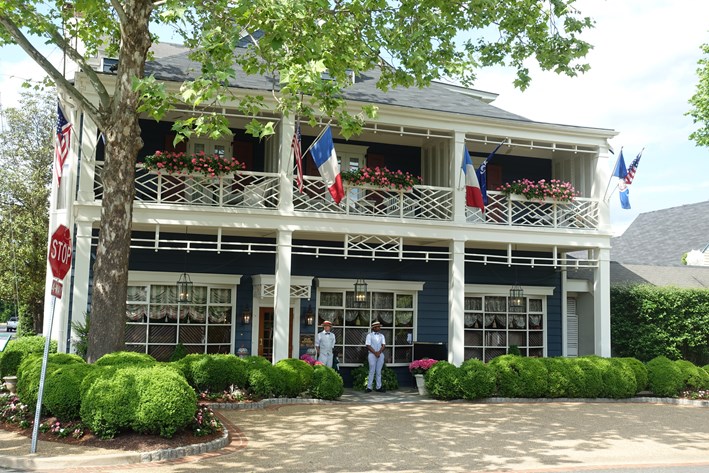

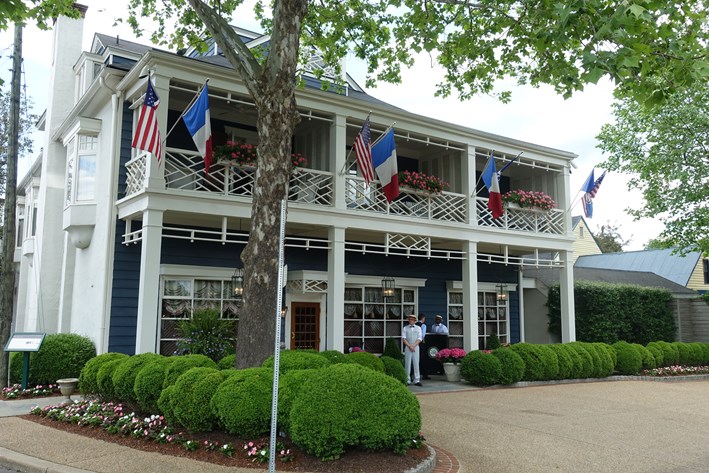

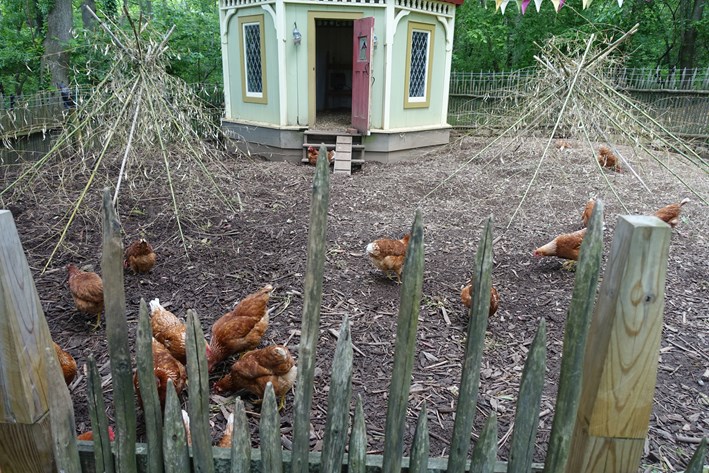

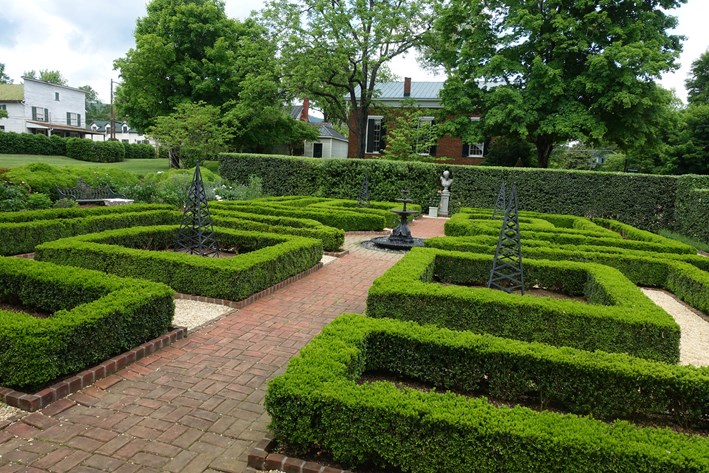
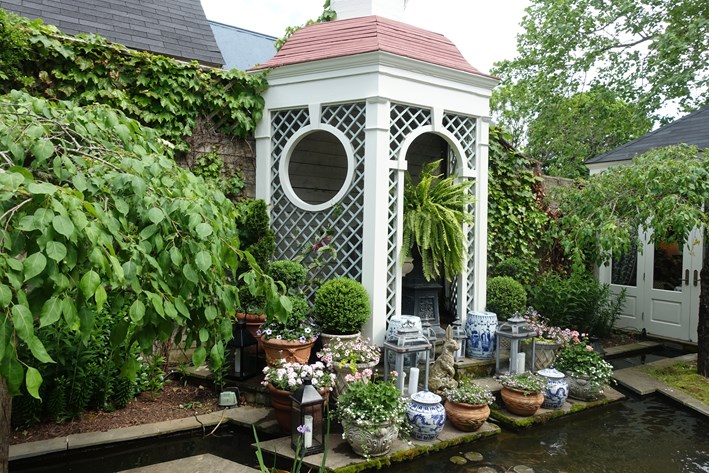
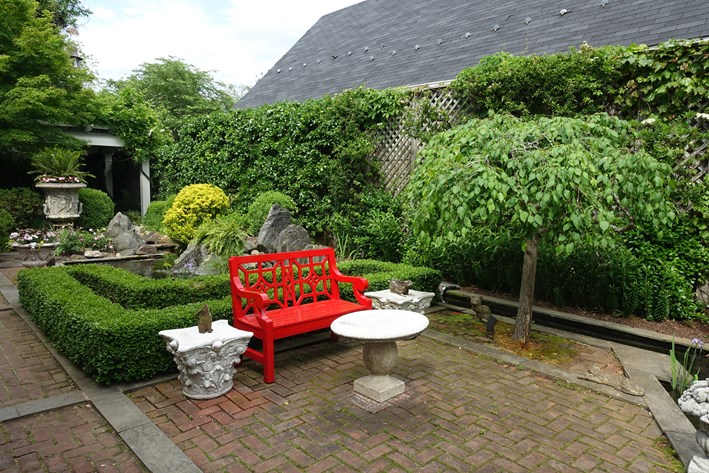

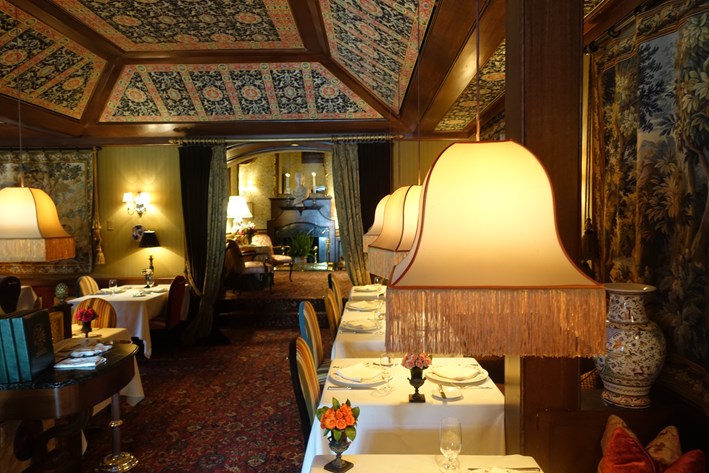
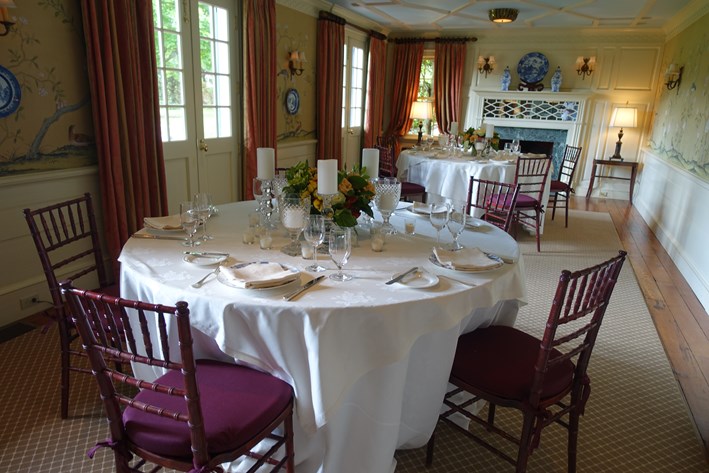
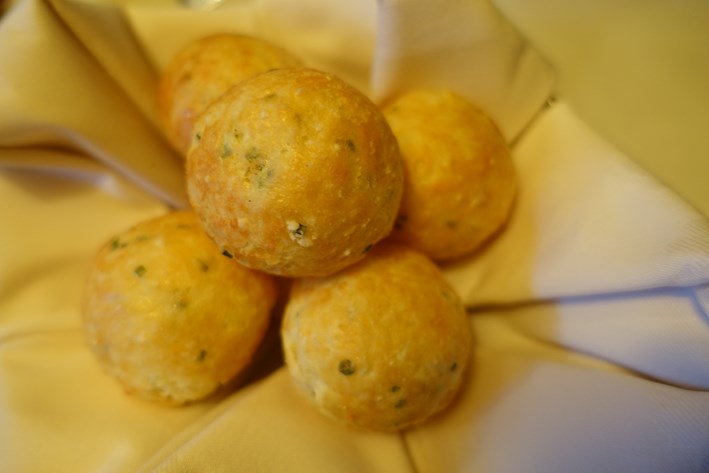
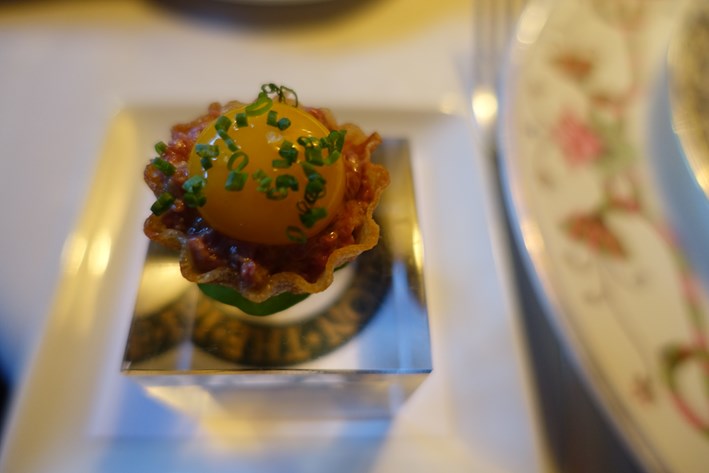


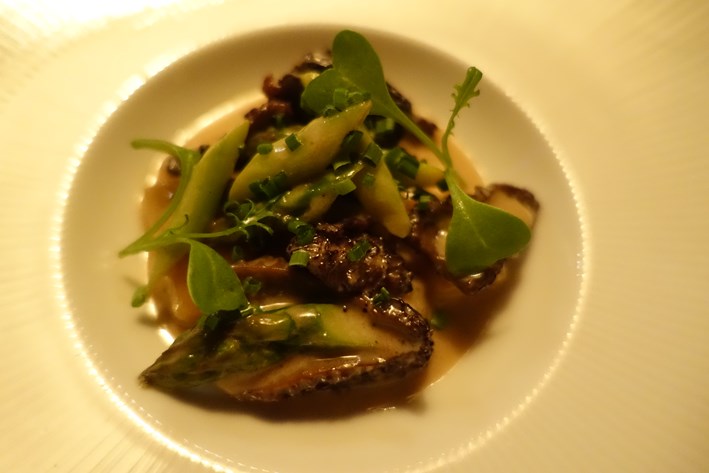
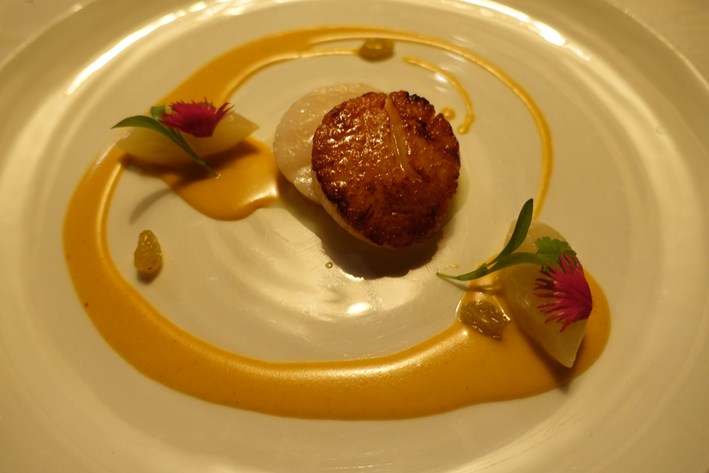
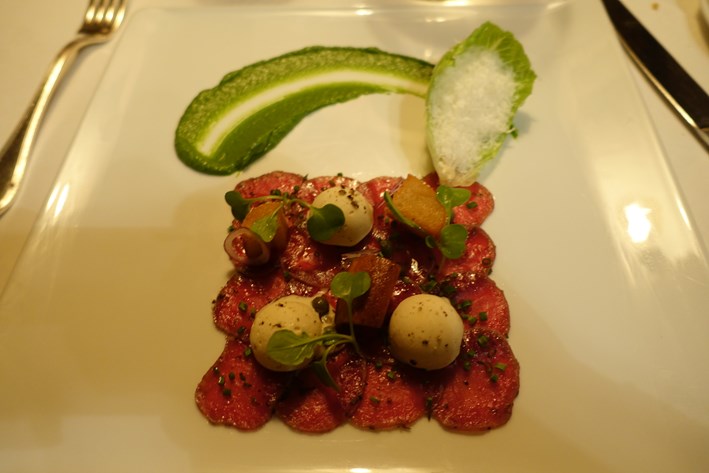
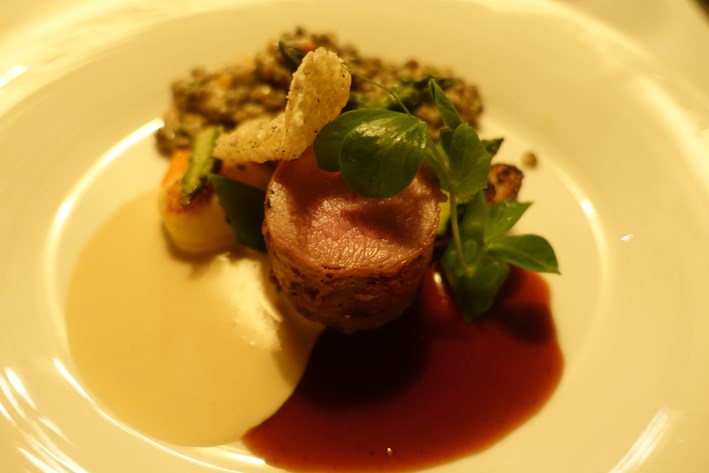
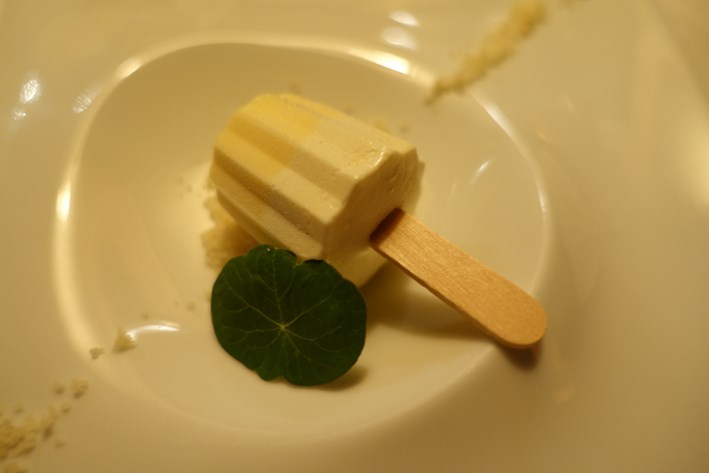
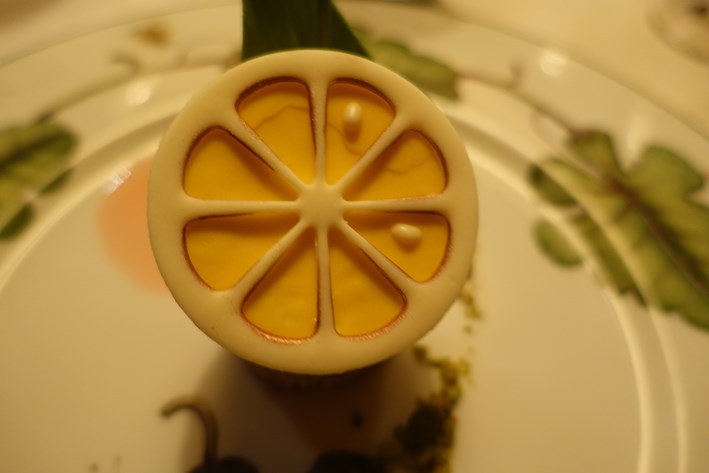

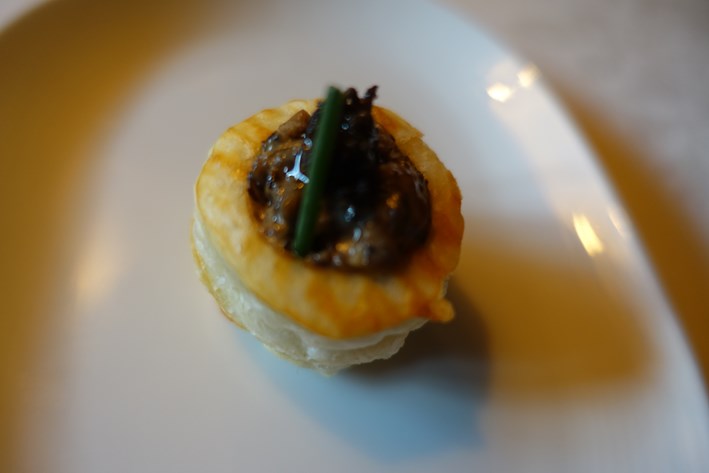
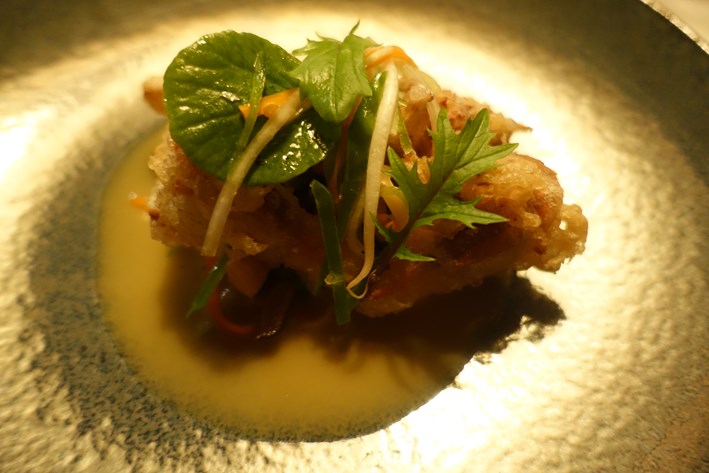
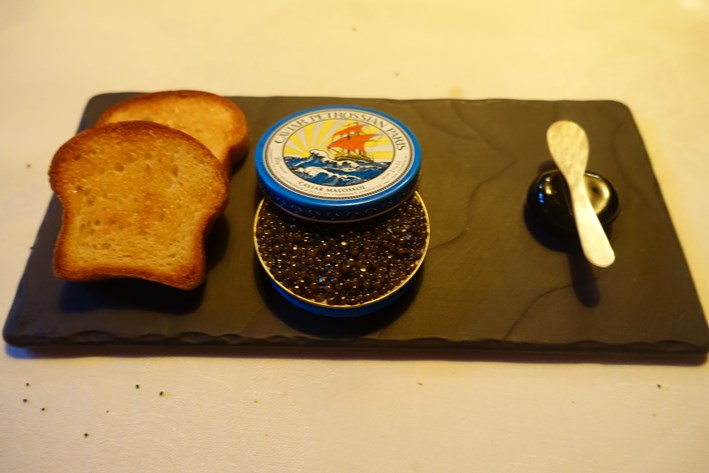



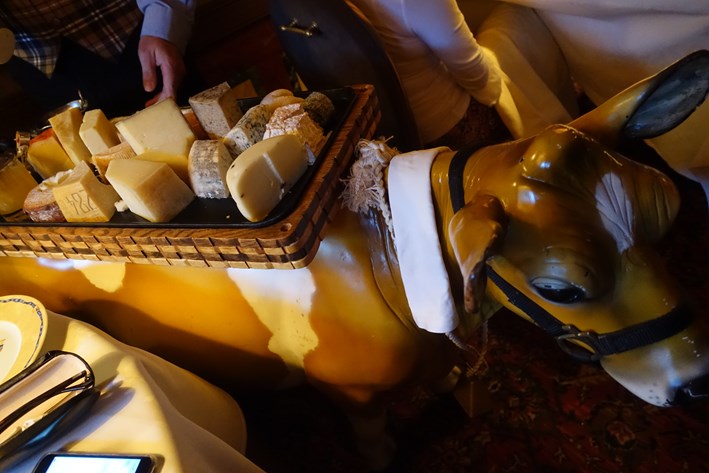
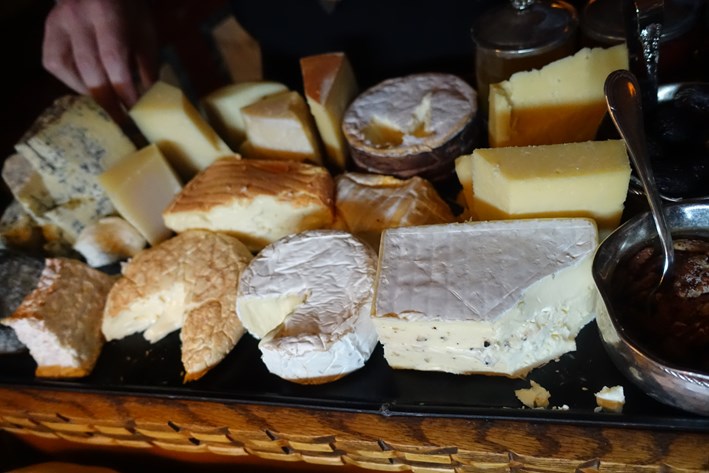
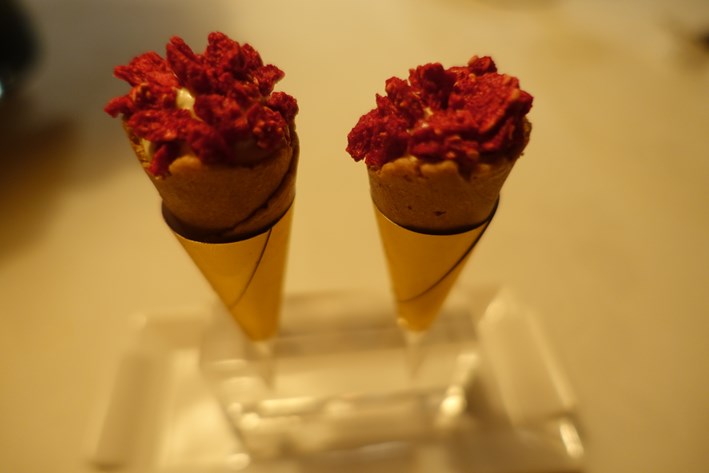
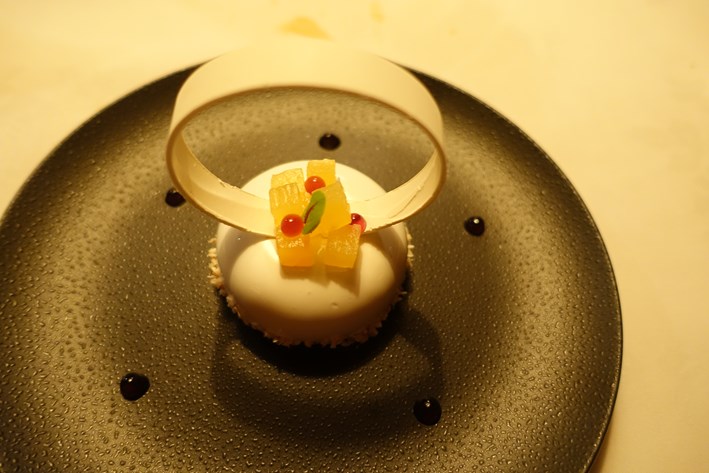
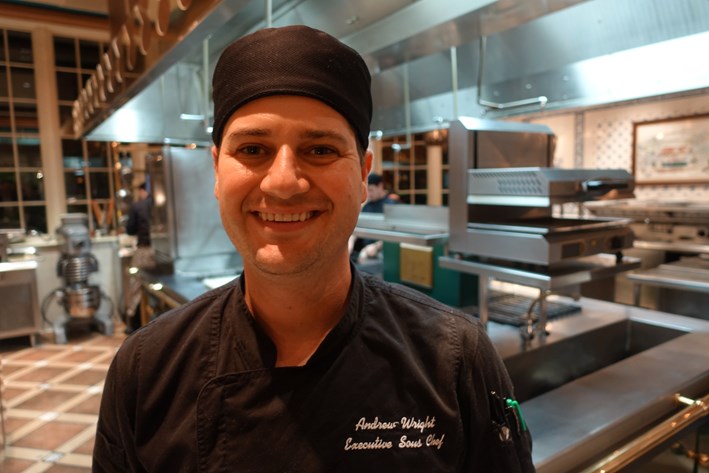

Mary Rodriguez
The food, presentation, and service gets better and better every single time we visit and recently we were honored to meet Chef Patrick O’Connell.